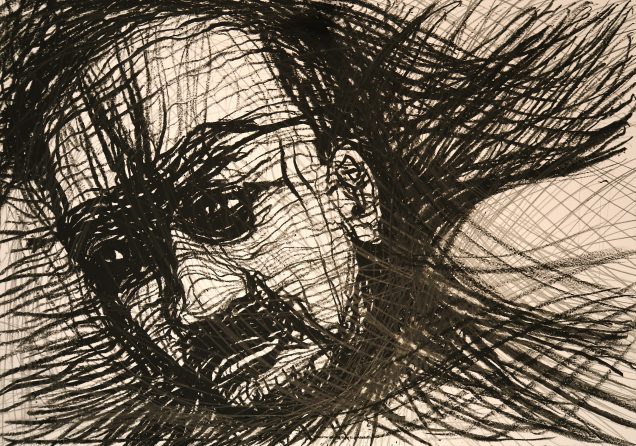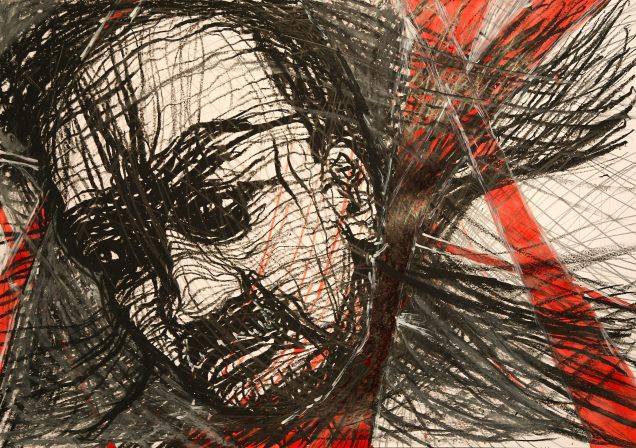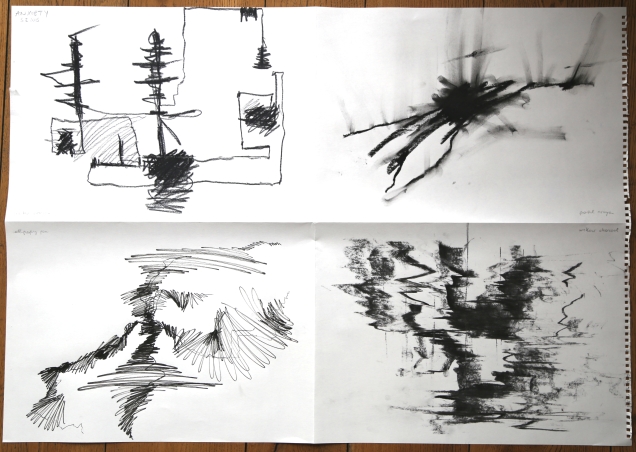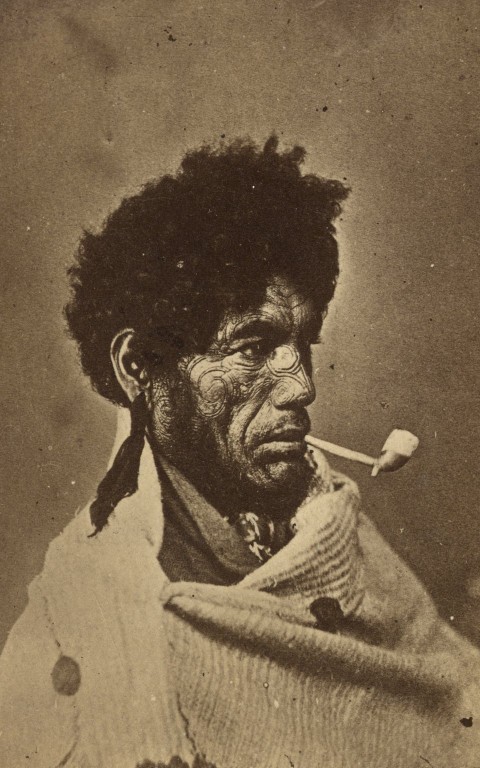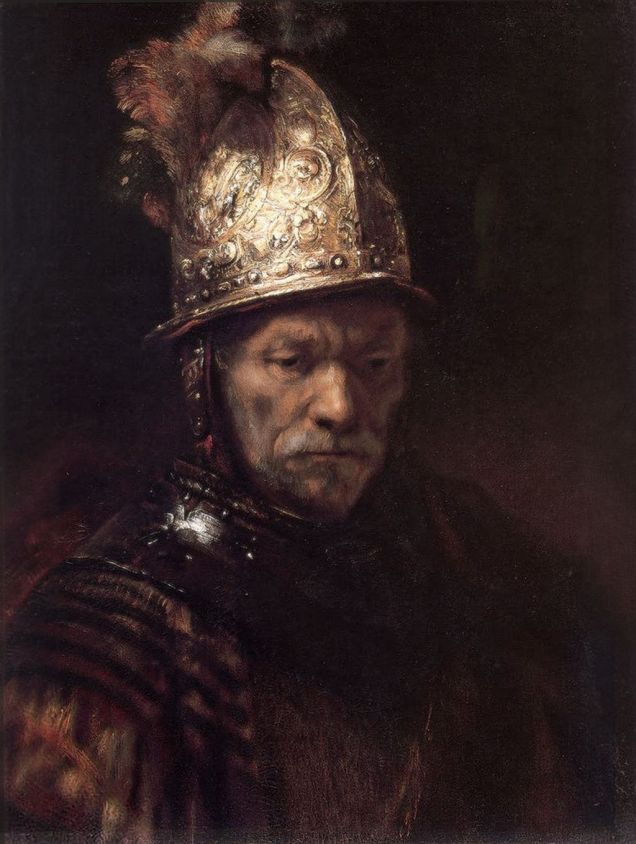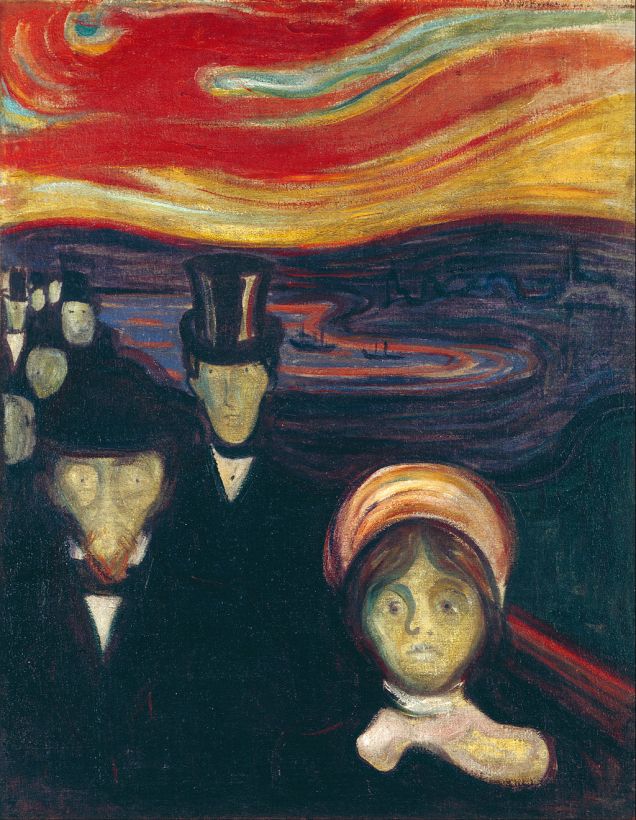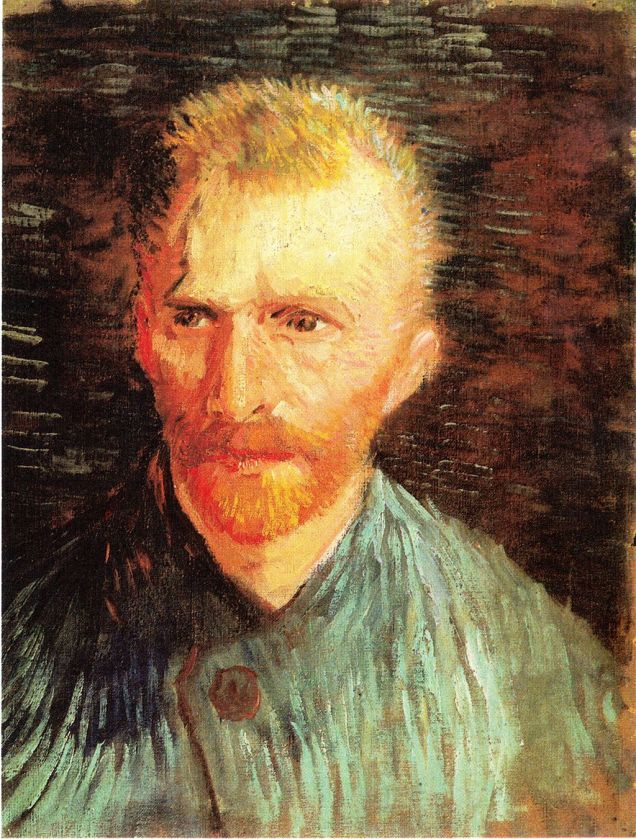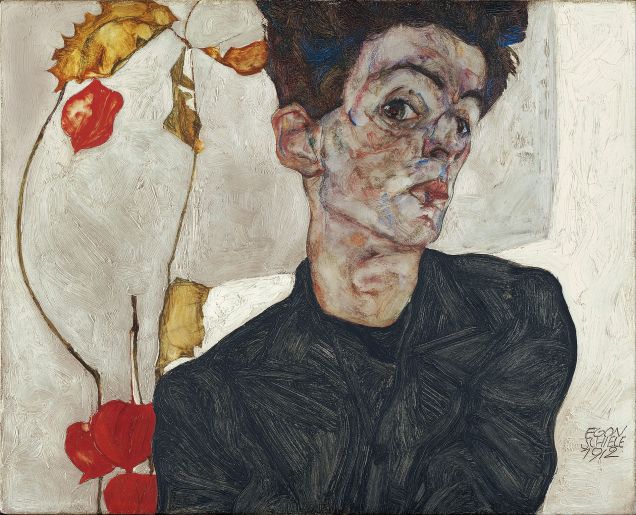All websites mentioned in this post were accessed on 6 December 2015, all images shown are in the public domain.
06 December, 2015. Social intelligence is required to allow successful interaction within society. Successful in the context of my project is the ability to hide from others a fact which, once publicly known, would reduce the individual’s fitness, e.g. my doctor, when found out, would without doubt lose his prestigious job and associated social amenities. From his point of view a behaviour envolving the masking of a true emotion is socially intelligent and thus to be enforced. In Schmidt, K. L. and Cohn, F. (2001) (http://www.ncbi.nlm.nih.gov/pmc/articles/PMC2238342/) the social aspect in the evolution of facial expression is discussed.
In order to continue getting acquainted with the expression of fear through firsthand impression I thought that I might study the Austrian Krampus runs, taking place at the beginning of December in each and every village. I took several photos in our own village, but I noticed that the commercialisation of the tradition and a very justifiable ban of hitting people with birch twigs has turned the whole thing into a fun event. No frightened people here, just some girls feeling a bit uneasy, and a scared cat.

Then I had a look at other photos we took over the years. No frightened people either, which is a good thing in one way, but not helpful in another. Here is our younger son with something like worry on his face, but this is certainly not strong enough:
The closest I could get to a fearful face comes here, from a funfair ride (the face was taken from a much larger photo, sorry about the quality):
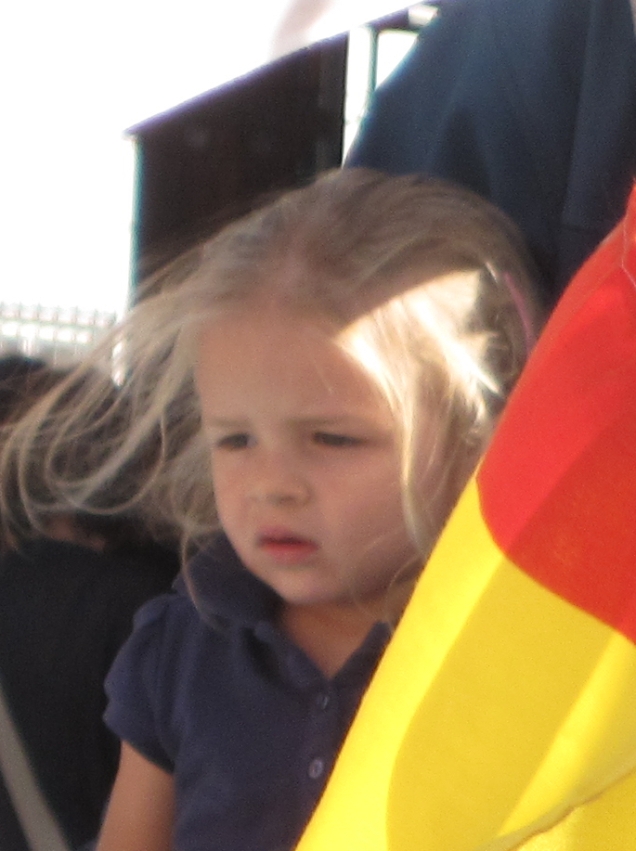
Since while there are no good actors in my family, my searches on the internet also convinced me that the people posing with fearful faces are no good actors either and press photos showing what I have in mind are exceedingly rare, I based my initial sketches on fear and cruelty on the images and works of art I have collected so far.
First I made a pencil sketch mini series. The first sketch is about status. Before starting it I had a look at paintings depicting royalty and found that a certain pose always correlated with an impression of power: The body is slightly turned to one side, but the stern eyes, looking down on the viewer from an otherwise indifferent face leave no doubt about who is in charge. An example is Hans Holbein’s portrait of King Henry VIII:
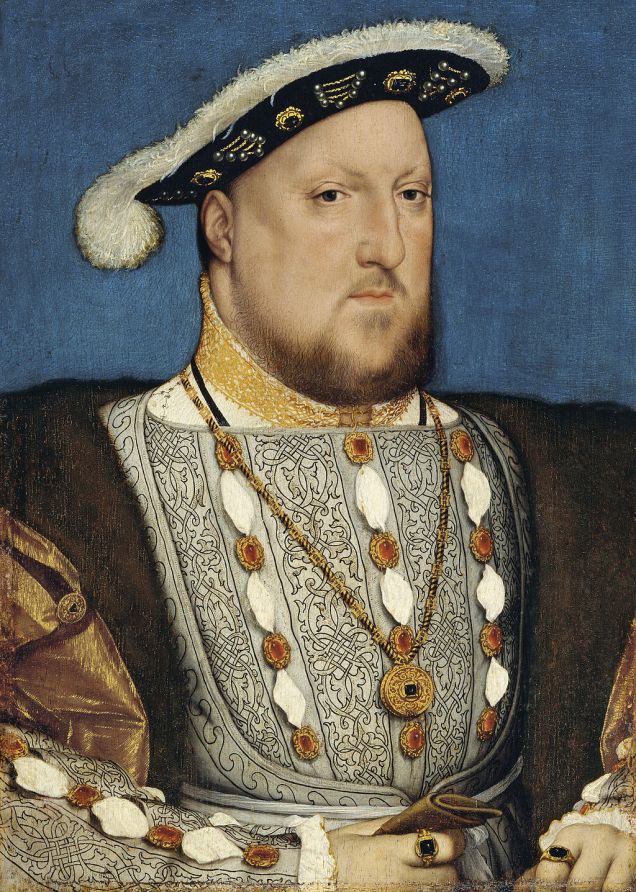
Hans Holbein the Younger, around 1497-1543
Portrait of Henry VIII of England, Wikimedia Commons
Here comes my sketch – apologies again for the problems with the paper in my sketchbook. I love the paper but not the wavy righthand side.
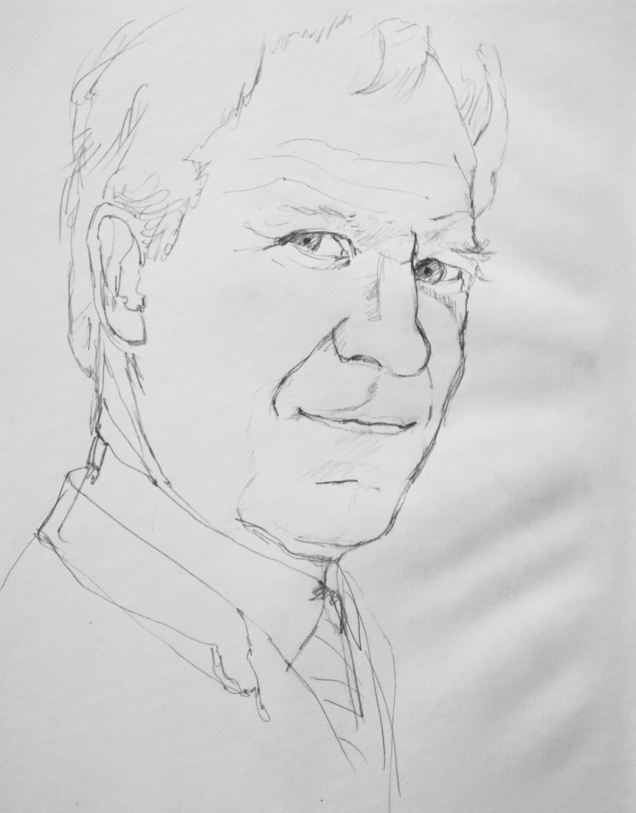
This sketch I gradually changed to first show a slight worry, then a glimpse of fear, just enough to reveal the true emotion.
The changes to the sketch were:
- lifting the upper eyelids, thereby exposing the upper white
- making the lower eyelids tense
- lifting and drawing together the eyebrows
- emphasizing the vertical folds between the eyebrows and the central horizontal folds on the forehead
- slightly opening the mouth to expose the teeth
- making the lips tense
- reducing the tension around the corners of the mouth
I am not unhappy with the result. As before with my experiment involving Albert Einstein and Alzheimer’s disease I noticed that the changes in facial expression need to be slight only and always involve a characteristic set of alterations.
Cruelty next. Cruelty is no fleeting emotion, it is a deep-rooted character trait, which with time seeps to the surface to show permanently. I believe that, in contrast to fear, it is impossible to hide cruelty behind a sweet face. Looking at my character above I notice that a certain amount of cruelty is already present, so I will need to identify the typical characteristics and reinforce them: It appears that an outward impression of cruelty, described as “indifference to suffering and even pleasure in inflicting it” on Wikipedia (https://en.wikipedia.org/wiki/Cruelty) often comes with a totally indifferent or marginally amused face (dictators!), while sometimes the lower white of the eyes is visible, as in:
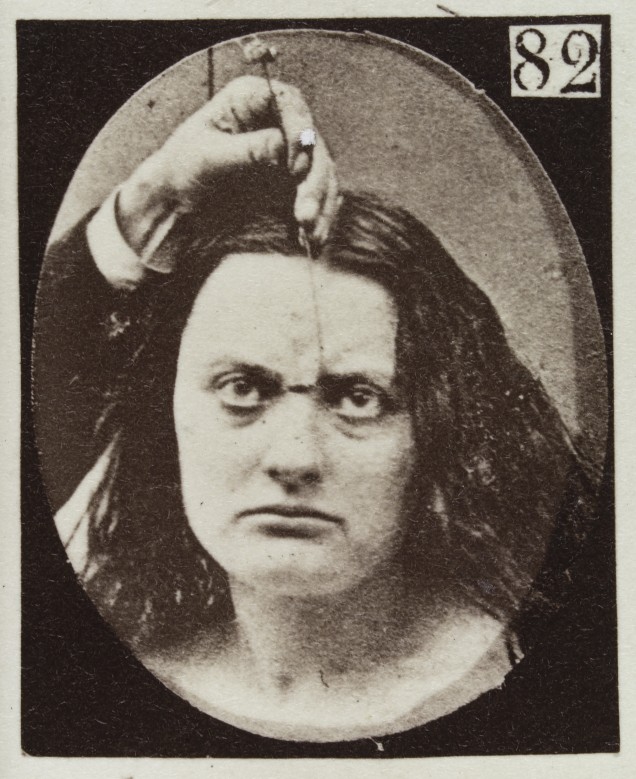
07 December, 2015. Here is the last change to my pencil sketch. I believe that it contains a mix of cruelty and disdain and this is, coming to think of it, just what is required.
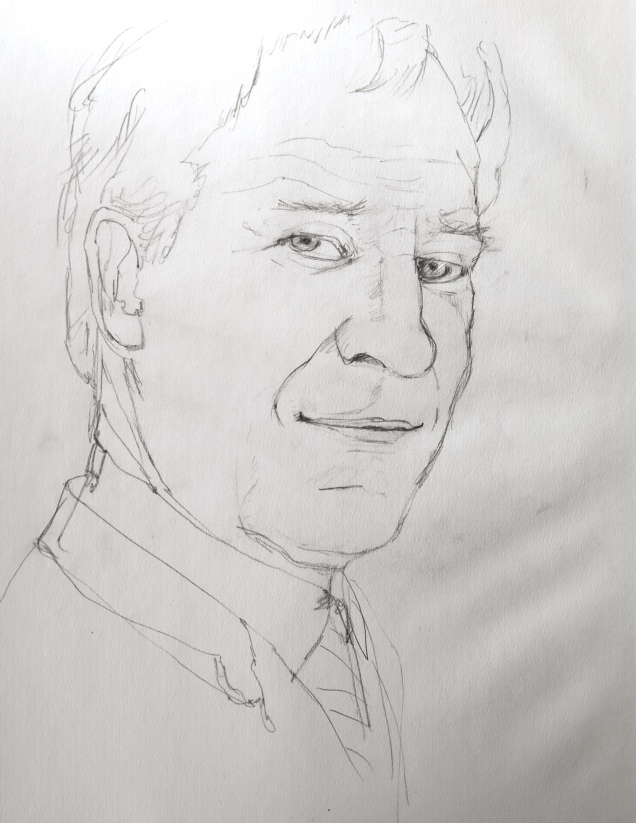
What I did was the following:
- lift the eyebrows
- emphasize some horizontal folds on the forehead
- slightly close the upper eyelids
- reduce the tension on the lower eyelids
- make sure some white appears below the pupils
- ever so slightly open the mouth
- suggest a slight curling of the corners of the mouth
In order to increase cruelty I might close the upper eyelids further until they appear to cover part of the pupil, but for my project this slight change is just what I need. A greater change would not go together with maintaining his position as a doctor.
To be honest it was this part of my preparations I had dreaded before its start, because I did not know whether I would be able to produce the desired effects, but all seems well. The next step will be experimenting with materials and media for the portrait. Post to follow shortly.






